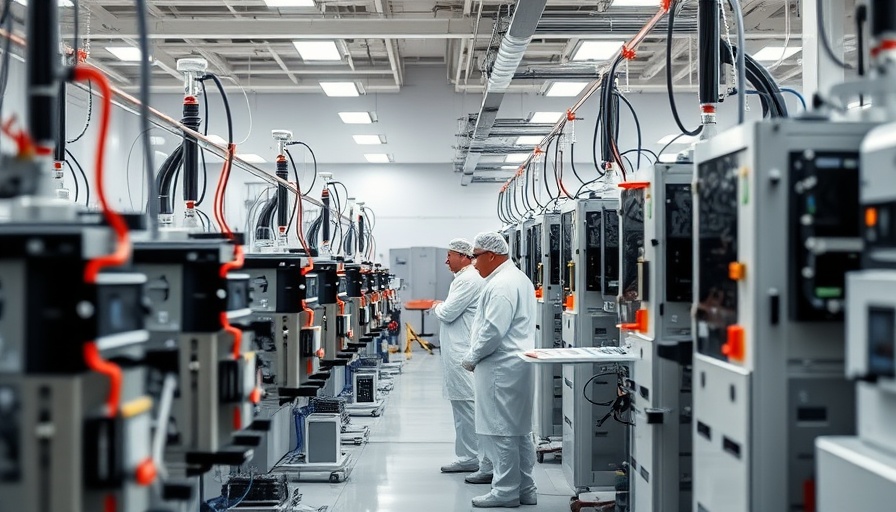
Why Government Support Isn't the Key for Intel
In a surprising turn, the U.S. government recently transformed the funds originally designated for Intel through Joe Biden's administration into a 10% equity stake in the company. This controversial decision raises questions about its efficacy in resolving the chip giant's pressing issues, particularly its foundry business, which has struggled significantly to secure reliable customers.
The Foundry's Financial Struggles
Intel’s Foundry has become a focal point of concern, as evidenced by a staggering operating income loss of $3.1 billion reported in the second quarter alone. The company's difficulties in attracting clients, including high-profile contracts with Sony, hint at deeper systemic issues. With recent layoffs hitting the foundry unit particularly hard, it’s clear that internal restructuring is needed.
A Different Approach Needed
Despite the attempted financial assistance from the government, experts like Kevin Cassidy from Rosenblatt Securities argue that Intel's foundry problems extend beyond money. He asserts that a crucial deficit exists in understanding customer service, a priority that has often taken a backseat to internal manufacturing processes. The mentality of knowing better than the customer can hinder client relationships, as seen in Intel's dealings.
Leadership Changes and Challenges
The resignation of Lip-Bu Tan from Intel’s board, coinciding with his appointment as CEO, underscores the urgency within the company to address these issues. His brief tenure exemplifies the challenges leaders face in reshaping a more customer-centric approach in an industry where adaptability is essential for survival.
Can the Deal Salvage Intel's Future?
While Intel's latest equity deal with the government is shrouded in ambiguity and skepticism, it also highlights broader themes relevant to the tech industry today. It poses several questions about government involvement in private enterprises and whether such interactions are beneficial or a distraction from critical business needs.
The Bigger Picture: Trends in Tech
This situation at Intel isn’t unique. Many companies are grappling with how to navigate relationships with government bodies. The latest tech news from across the industry often features anecdotes of businesses struggling to find balance between public funding and the operational independence necessary to thrive. Emerging technologies, evolving market expectations, and global competition all contribute to shaping the paths that companies take toward recovery and growth.
What to Watch For Next
As Intel's management strategizes its next steps, observers should pay attention to how these decisions reflect on broader tech industry trends. The need for innovative solutions and client engagement is apparent, and failure to prioritize these elements could leave Intel behind. Moving forward, it's essential to monitor how government support impacts not just Intel, but the semiconductor industry as a whole.
As a reader, if you find the shifting dynamics in the tech world intriguing, it’s important to stay informed about these developments. By following tech news today, you can gain essential insights into how high-stakes decisions shape the industry’s future.
 Add Row
Add Row  Add
Add 



Write A Comment